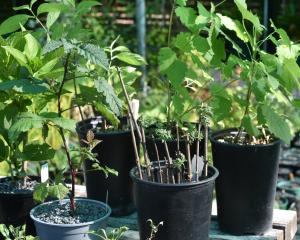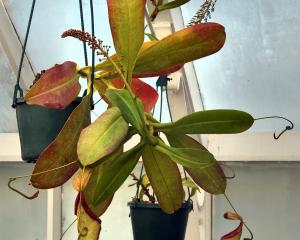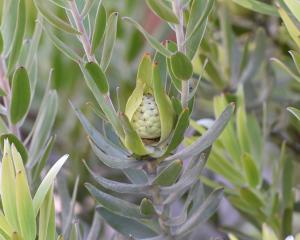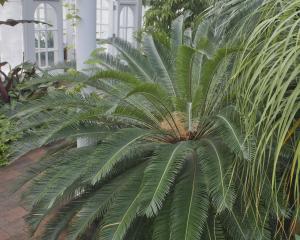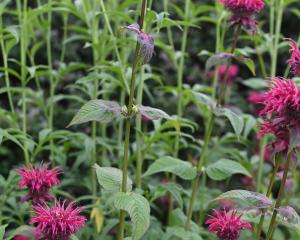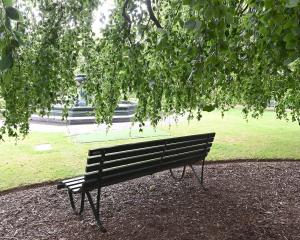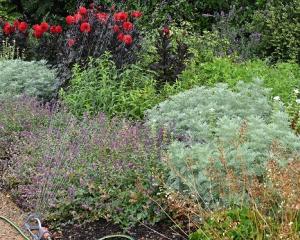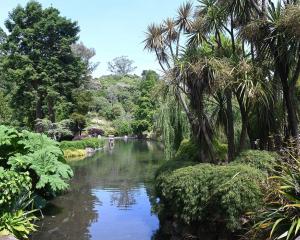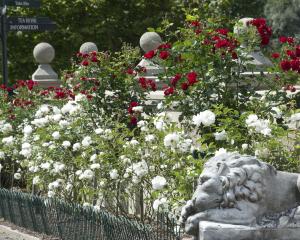
Also known as crimson-winged parrots, they breed once a year, establishing their nest in the hollow trunks of tall trees. Often the nests can be some distance down the inside of the tree they have chosen. Only the female incubates the eggs, leaving the nest to feed or to be fed by the male.
At Dunedin Botanic Garden aviary, the nest boxes have a long inside compartment that the female must climb down to the base where she will lay her eggs, similar to what she might experience in the wild. Currently there are two pairs nesting side by side, having just spent the past three weeks displaying mating behaviours, calling regularly to impress one another along with a touch of seductive posturing towards their neighbours.
They are known to have a slightly funky odour that seems to waft from their nostrils, often becoming more pungent during the breeding season. If breeding is successful, there should be young out of the nest in early December.
- Garden Life is produced by Dunedin Botanic Garden. For further information contact Alisha Sherriff.




